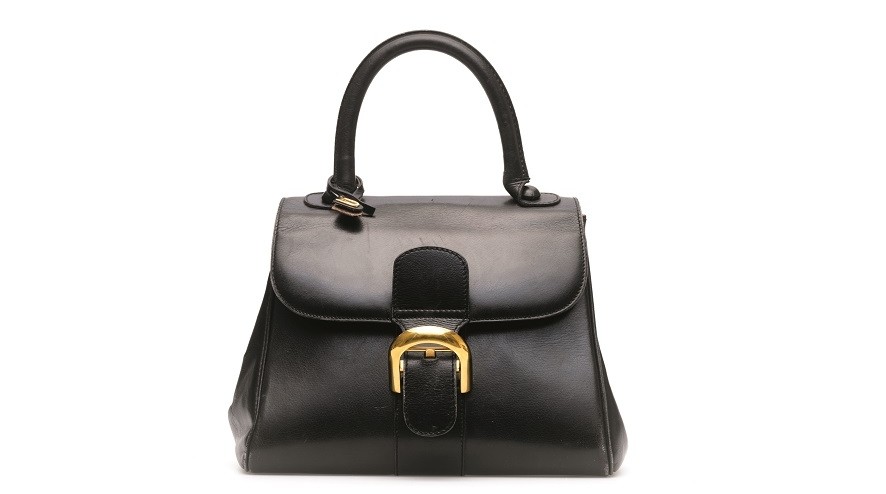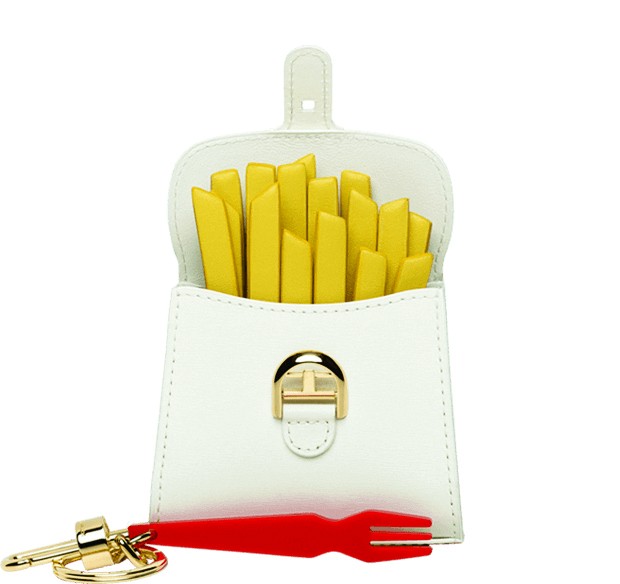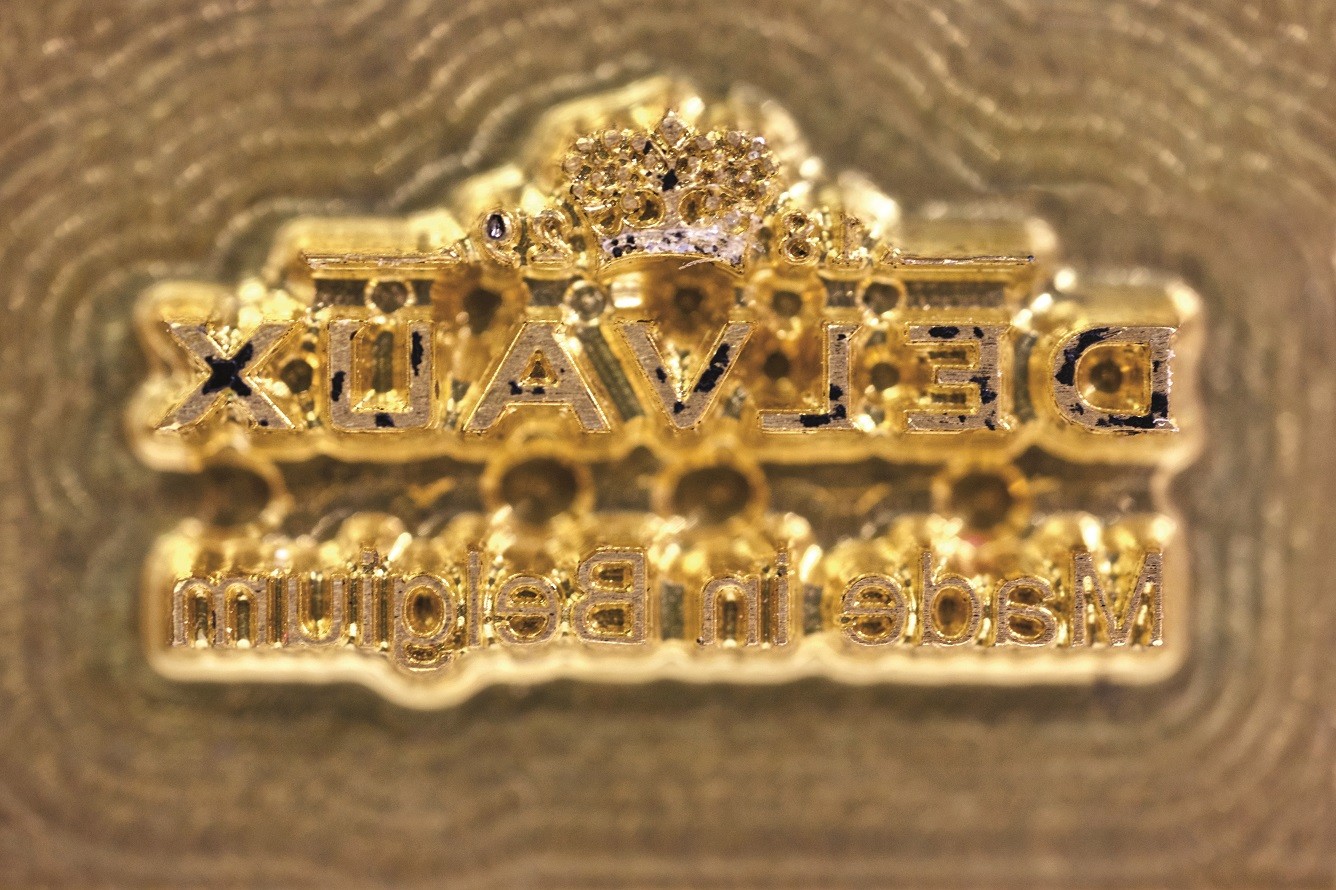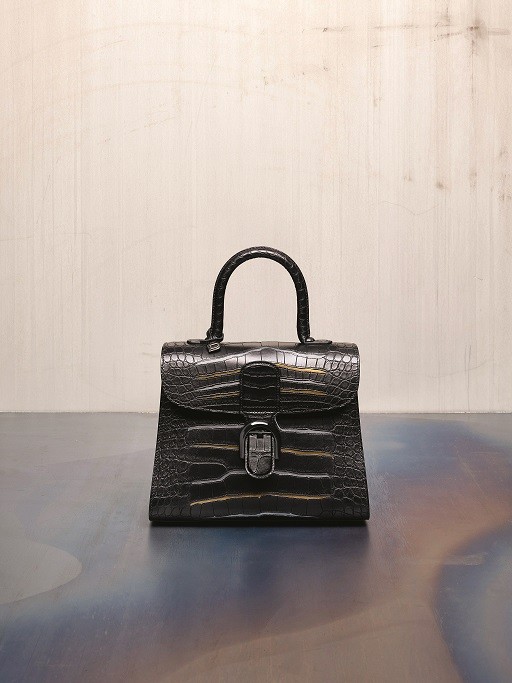Official purveyor to the Belgian royal court since 1883, the house — or la maison — was the first brand of its kind to introduce seasonal collections (now customary in the world of haute couture) under the leadership of Franz Schwennicke, who took the helm in 1933.
Slow Fashion
After my history lesson, Volpe leads me through the lobby and past what will soon become the brand’s archival museum: shelves of handbag after handbag, now-iconic models like Brillant, Tempête and Givry, all meant to serve as a living archive. It’s a firm nod to the house’s past as it eagerly embraces the future. In 2011, Delvaux welcomed a new partner, First Heritage Brands, who set out to bring the family business to a global scale. The company has since grown from 10 boutiques to over 40 around the world today, from Paris to Hong Kong. And yet, in our world of fast fashion and loud “luxury,” Delvaux somehow remains slow and quiet. It is impossible to look at the collections — which draw upon such wild and wonderful inspirations as Magritte’s art (“Ceci n’est pas un Delvaux,” one purse reads) and Belgian frites — without witnessing at once incredible sophistication and sincere levity. It is a fine balance shared by their customers. “Our clients value craftsmanship and are free-spirited, with a great sense of humor — like us,” says artistic director Christina Zeller, who previously oversaw accessories for the likes of Karl Lagerfeld, Christian Lacroix and Givenchy. “They are looking for unconventional elegance.”









